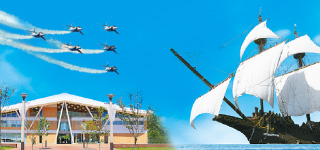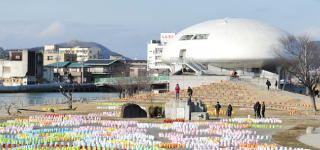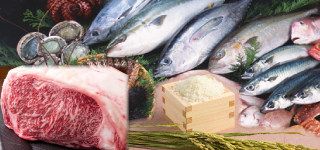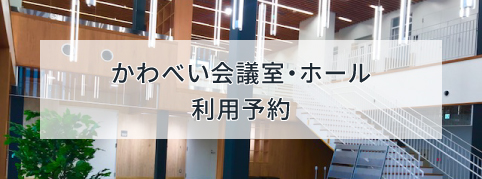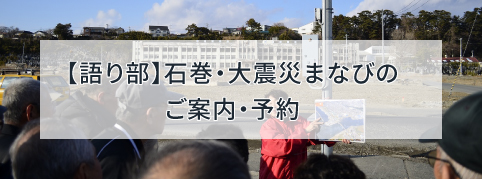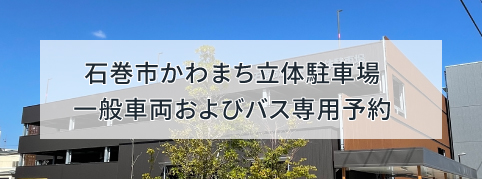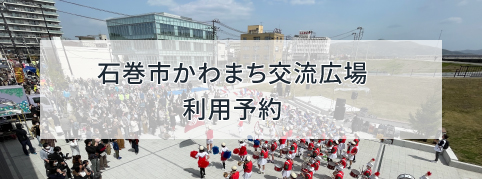English
Welcome to Ishinomaki
Thank you for your interest in sightseeing in Ishinomaki.
Ishinomaki is full of charm.
There are impressive landscapes, interesting facilities, and above all, delicious food that will satisfy you.
We will introduce you to a little bit of the charm of Ishinomaki.
Manga Road
Starting in front of Ishinomaki Station and stretching for about 1 km to the Ishinomori Manga Museum, there are statues (monuments) of popular characters created by Shotaro Ishinomori, such as Cyborg 009 and Kamen Rider. As of March 2025, there are 28 monuments, and Ishinomori characters are hidden all over the city.
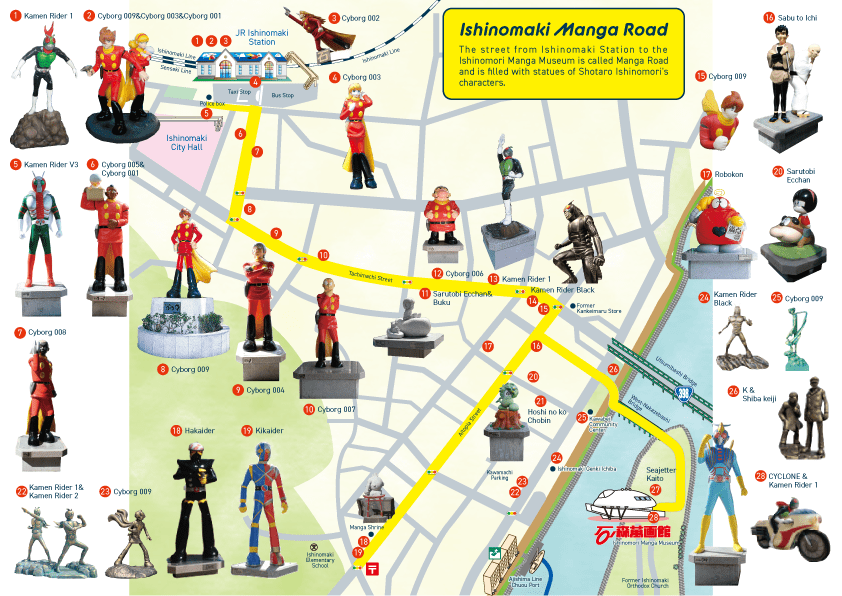
Ishinomori Manga Museum
A manga museum with a large collection of popular characters created by Shotaro Ishinomori, such as Cyborg 009 and Kamen Rider. With exhibits that show precious original drawings and the world of manga in 3D, and screenings of videos featuring the local hero “Sea Jetter Kaito”, this museum can be enjoyed by adults and children of all ages.
2-7 Nakase, Ishinomaki, Miyagi Prefecture, 986-0823
Phone : 0225-96-5055
Opening hours: [All year] 9:00-17:00 *Closed at 15:00 on December 31st.
Closed: [All year] Every Tuesday, except Golden Week: 4/29-5/5,
Summer vacation: 7/21-8/24, Winter vacation: 12/24-1/7,
Spring vacation: 3/25-4/7.
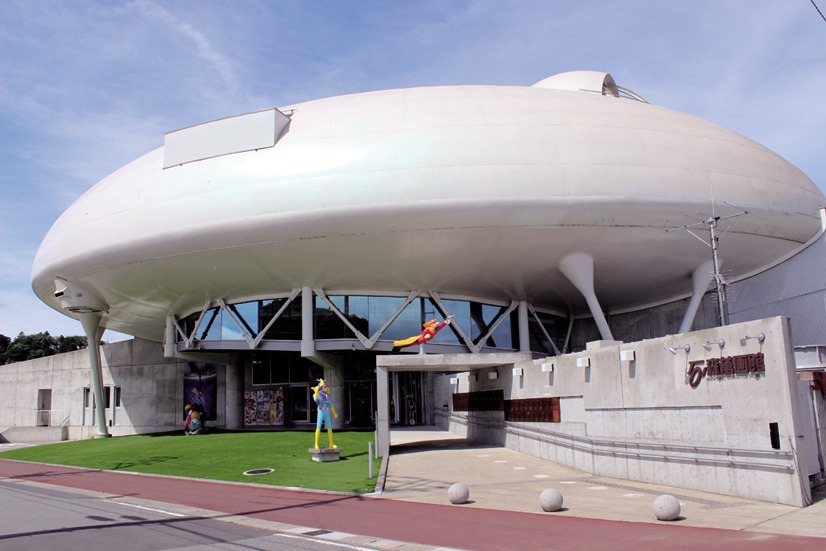
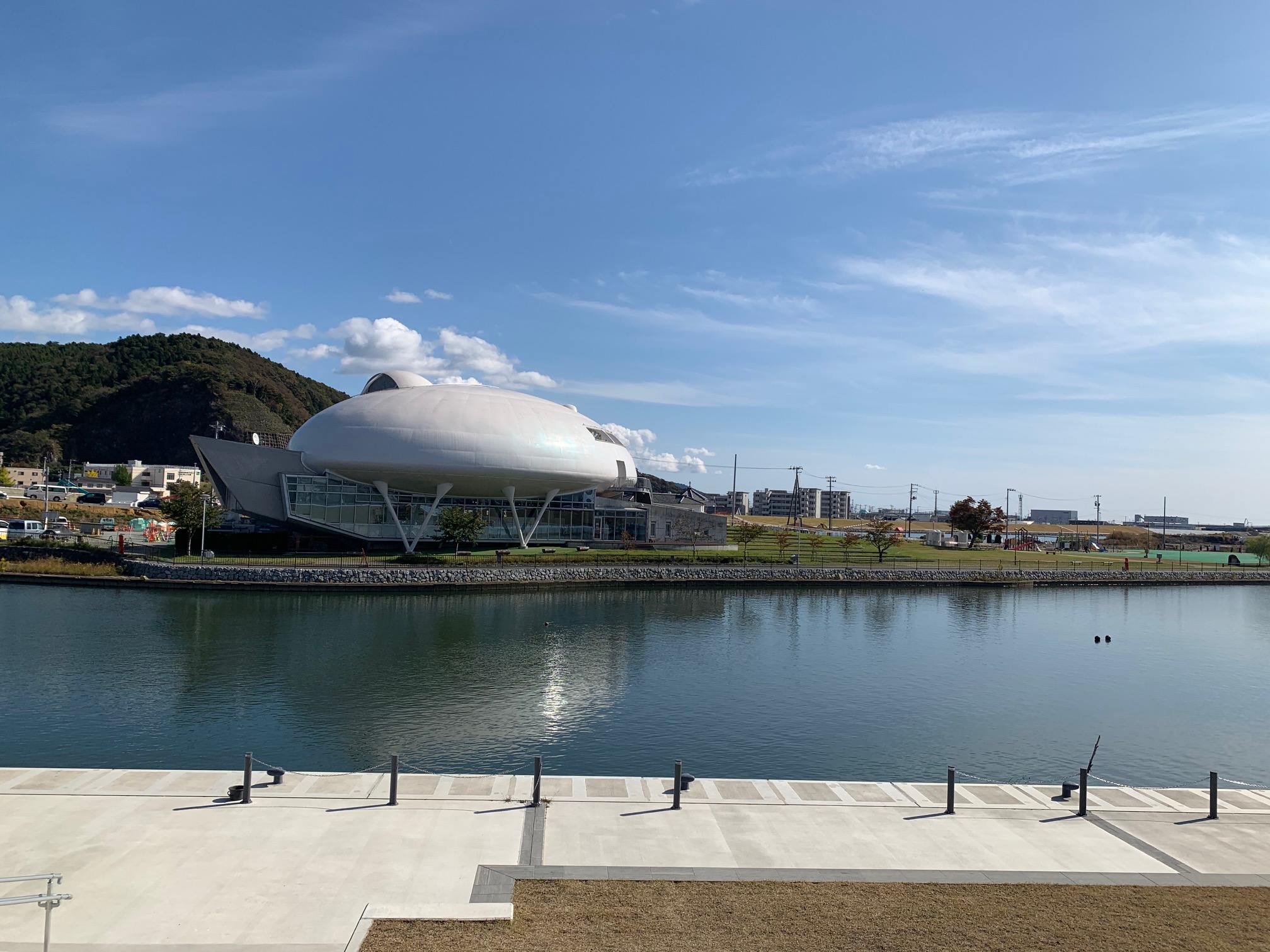
Miyagi Prefectural Keicho Envoy Ship Museum (San Juan Hall)
Introduces the journey of the Keicho Envoys sent to Europe by Date Masamune at the beginning of the Edo period, and the sailing ship culture centered on the wooden Western-style sailing ship “San Juan Bautista” that carried them across the Pacific Ocean. It will be fully renovated and reopened in October 2024, and the facility will be more enjoyable and educational with AR (augmented reality) technology, video, and audio commentary.
30-2 Omori, Watanoha, Ishinomaki City, Miyagi Prefecture 986-2135
Phone:0225-24-2210
Opening hours: 9:30-16:30 (until 17:30 in August)
Closed on Tuesdays (except for public holidays),
New Year’s holiday (12/28-1/4)
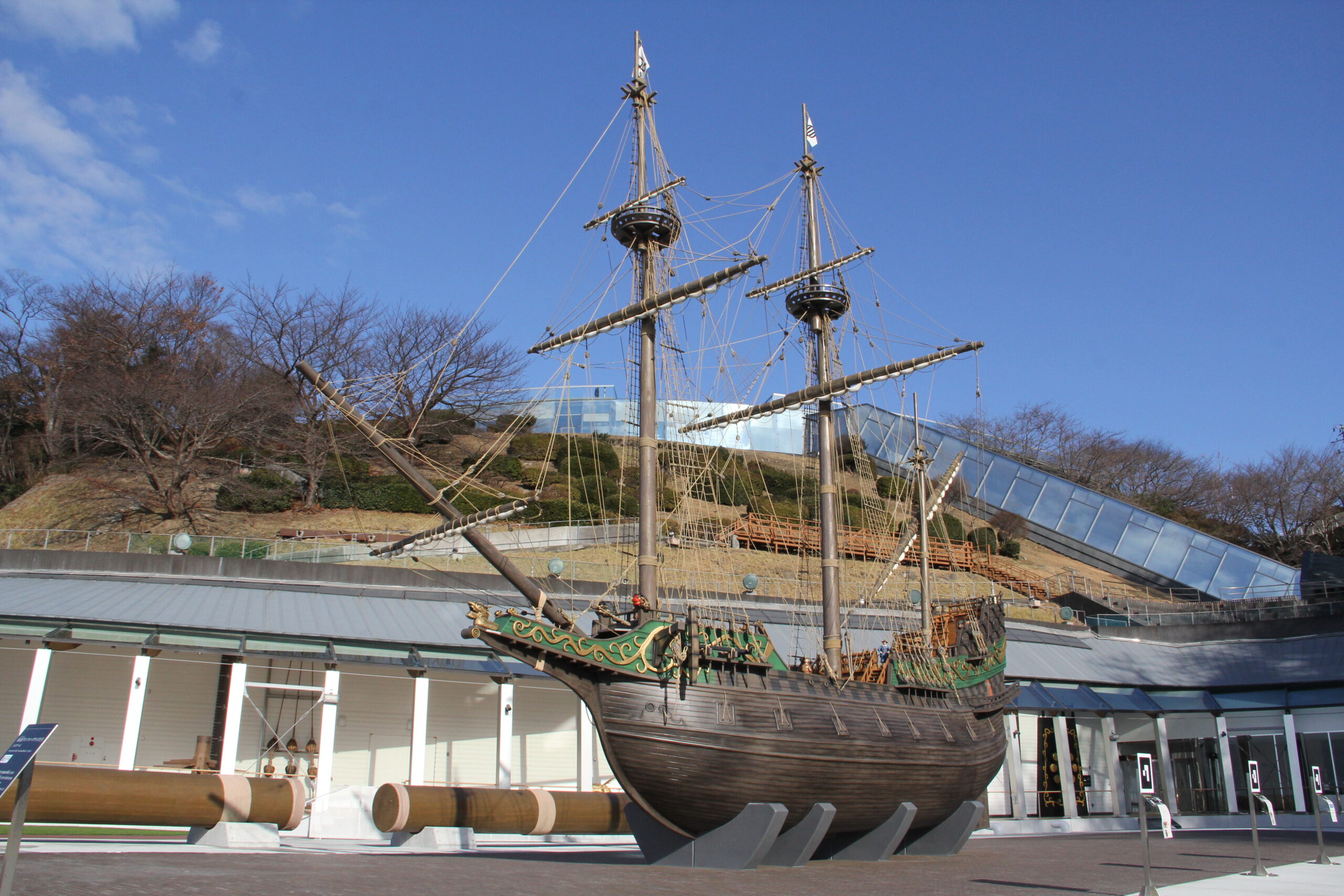
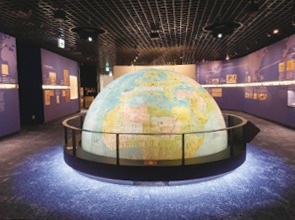
Kankeimaru
This is Ishinomaki’s first department store, which opened in 1930 as Kankeimaru Shoten. It is currently designated as a tangible cultural property of Ishinomaki City and operates as a base for arts and culture, with an exhibition facility on Ishinomaki’s history and culture and rental space for cultural exchange. It is a historic building where you can enjoy the traces of the past from its exterior, which features a wide variety of exterior wall tiles, Spanish roof tiles, round windows, and arched windows.
3-6-9 Chuo, Ishinomaki, Miyagi Prefecture 986-0822
Phone:0225-94-0191
Opening hours: 9:00-17:00
Closed: Tuesdays, New Year’s holidays
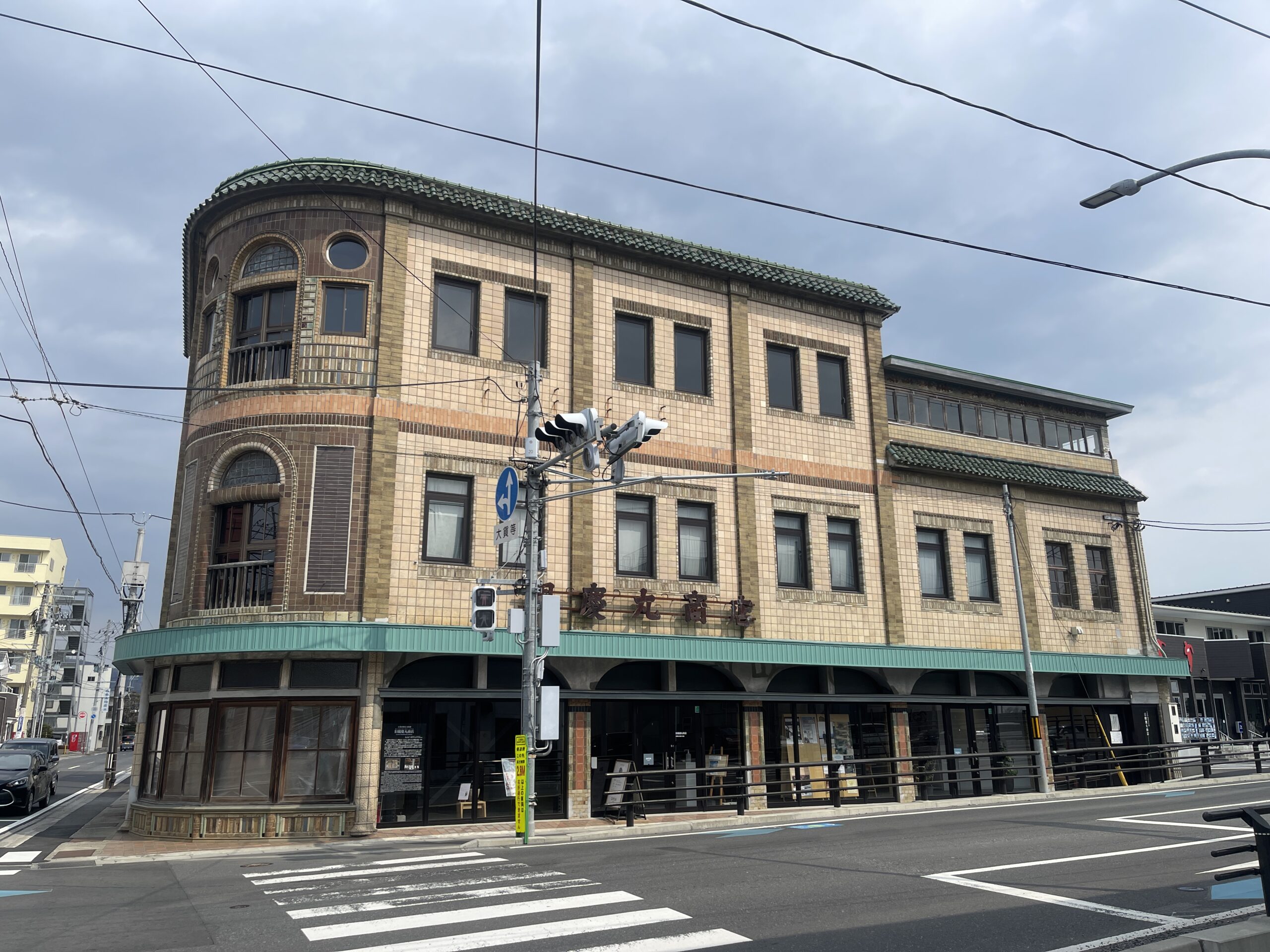
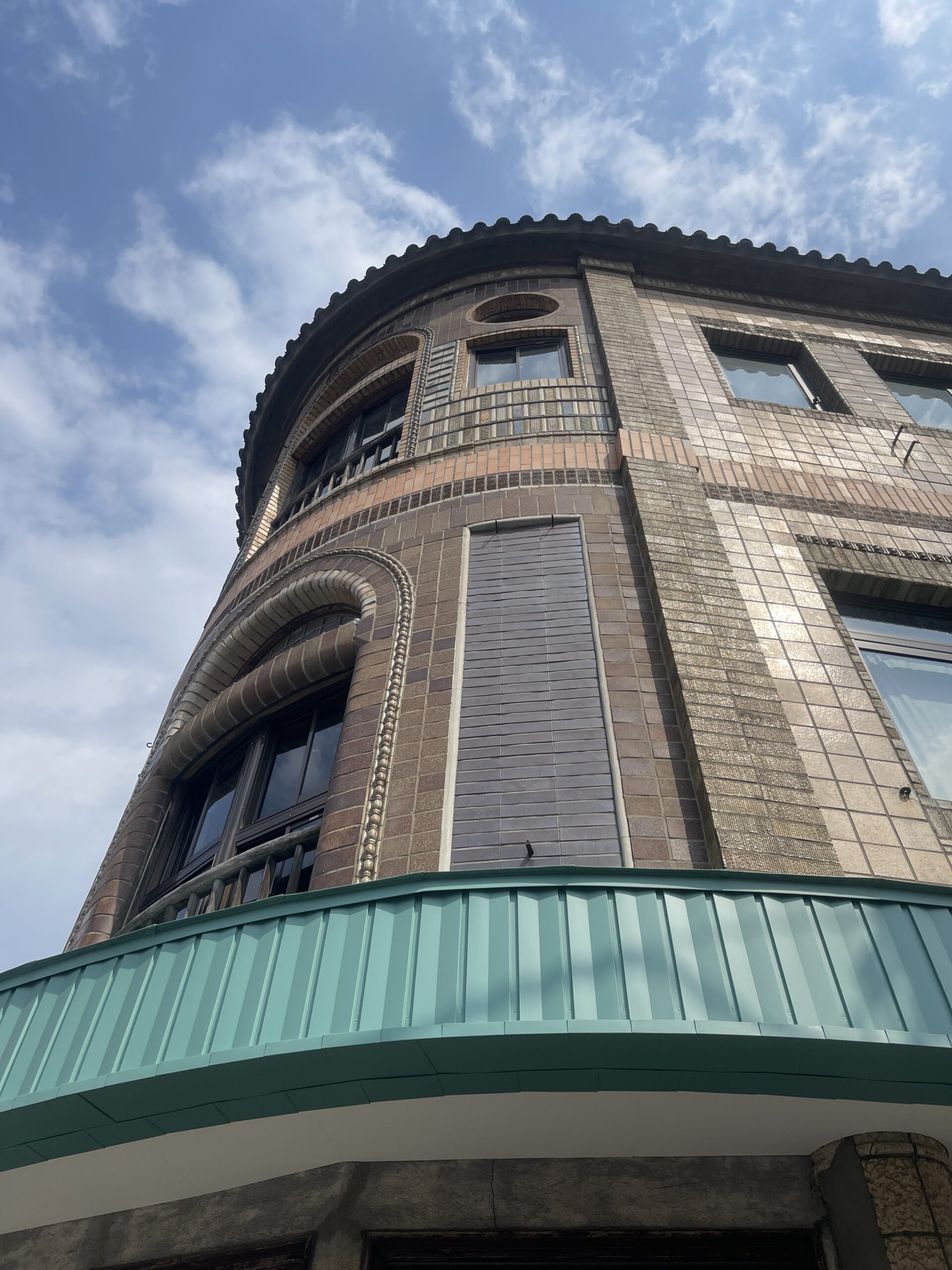
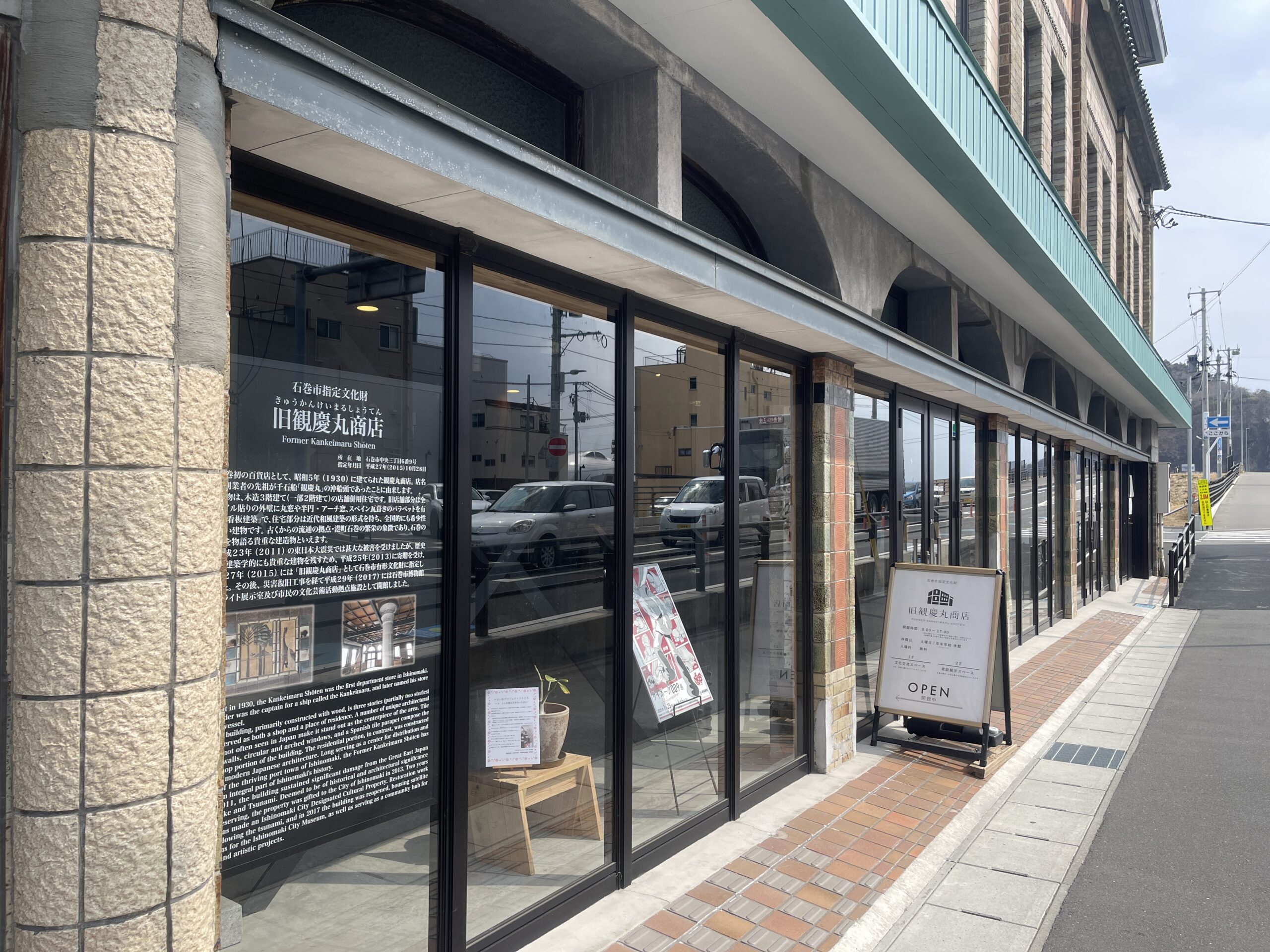
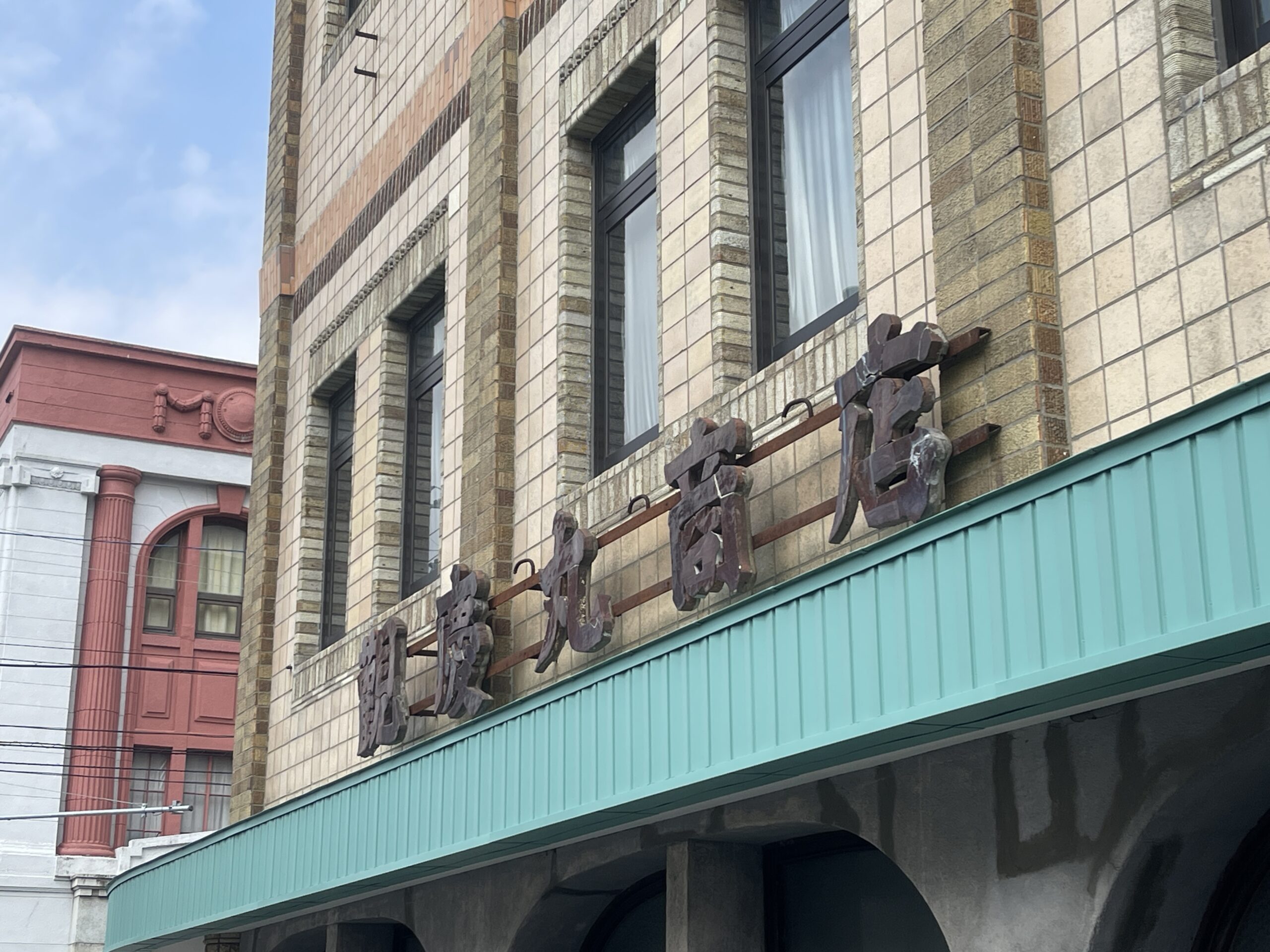
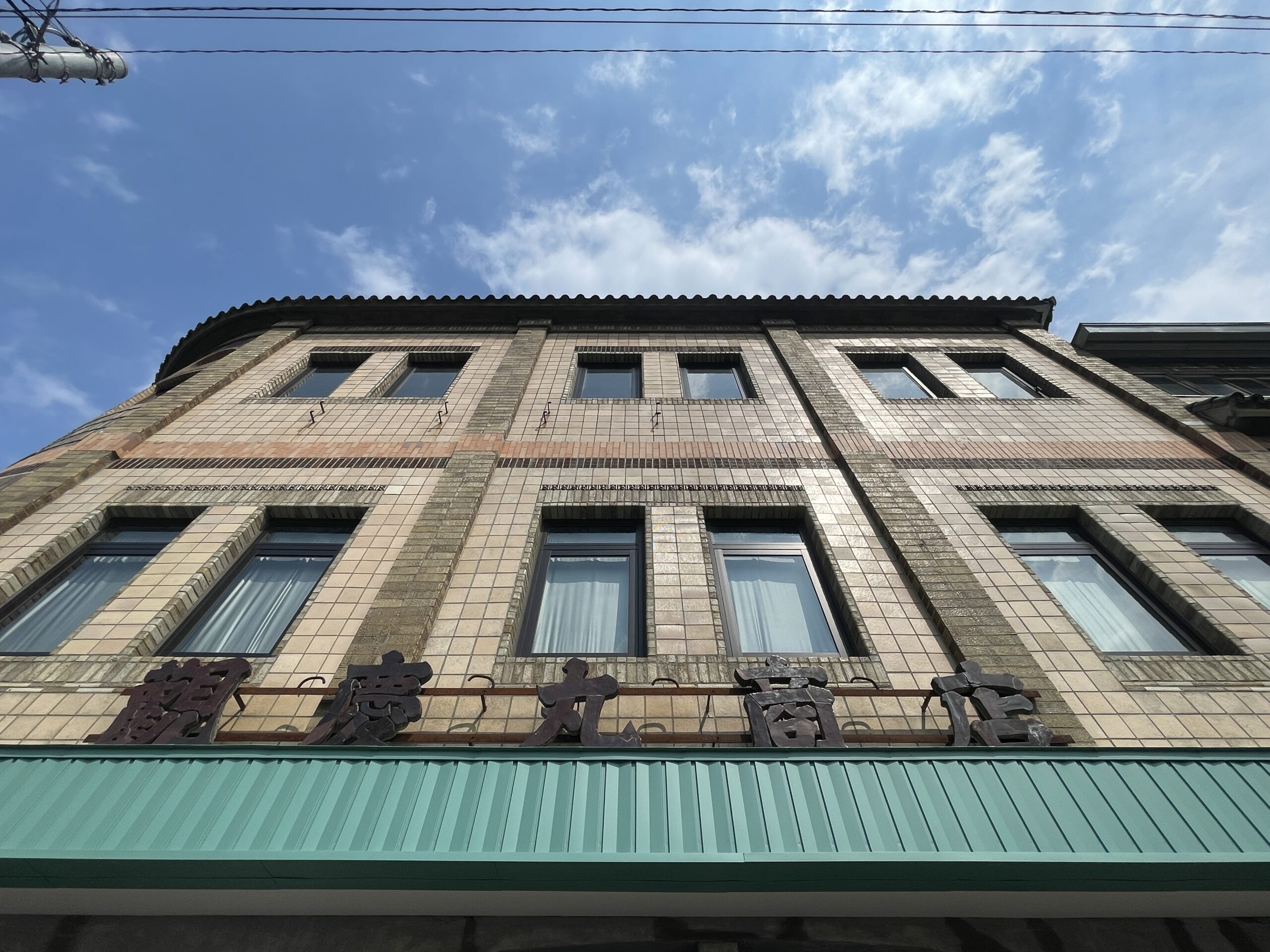
Maruhon Maki Art Terrace (Ishinomaki City Cultural Complex)
This is a complex of an arts and culture center and museum, consisting of a large hall, a small hall, a citizens’ gallery, and a training room. The Ishinomaki Cultural Center, which was located on the coast, was completely destroyed by the Great East Japan Earthquake, and was rebuilt inland in April 2021 with the aim of promoting culture and the arts in Ishinomaki. Its appearance resembles a streetscape lined with many houses, and it is particularly popular for its beautiful exterior at night when the interior lights are on.
1-8 Kaisei, Ishinomaki City, Miyagi Prefecture 986-0032
Phone:0225-98-5630
Opening hours: 9:00-22:00
Closed on Mondays
*If Monday is a public holiday, the facility will be closed the following day
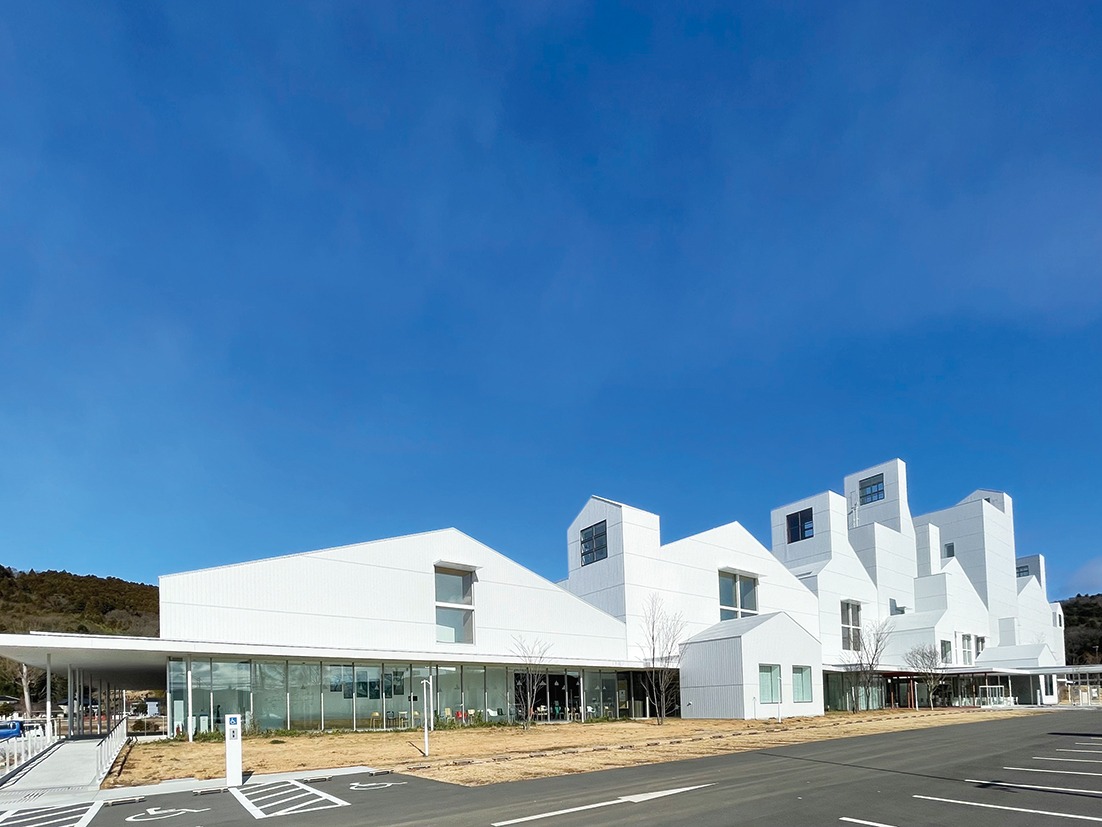
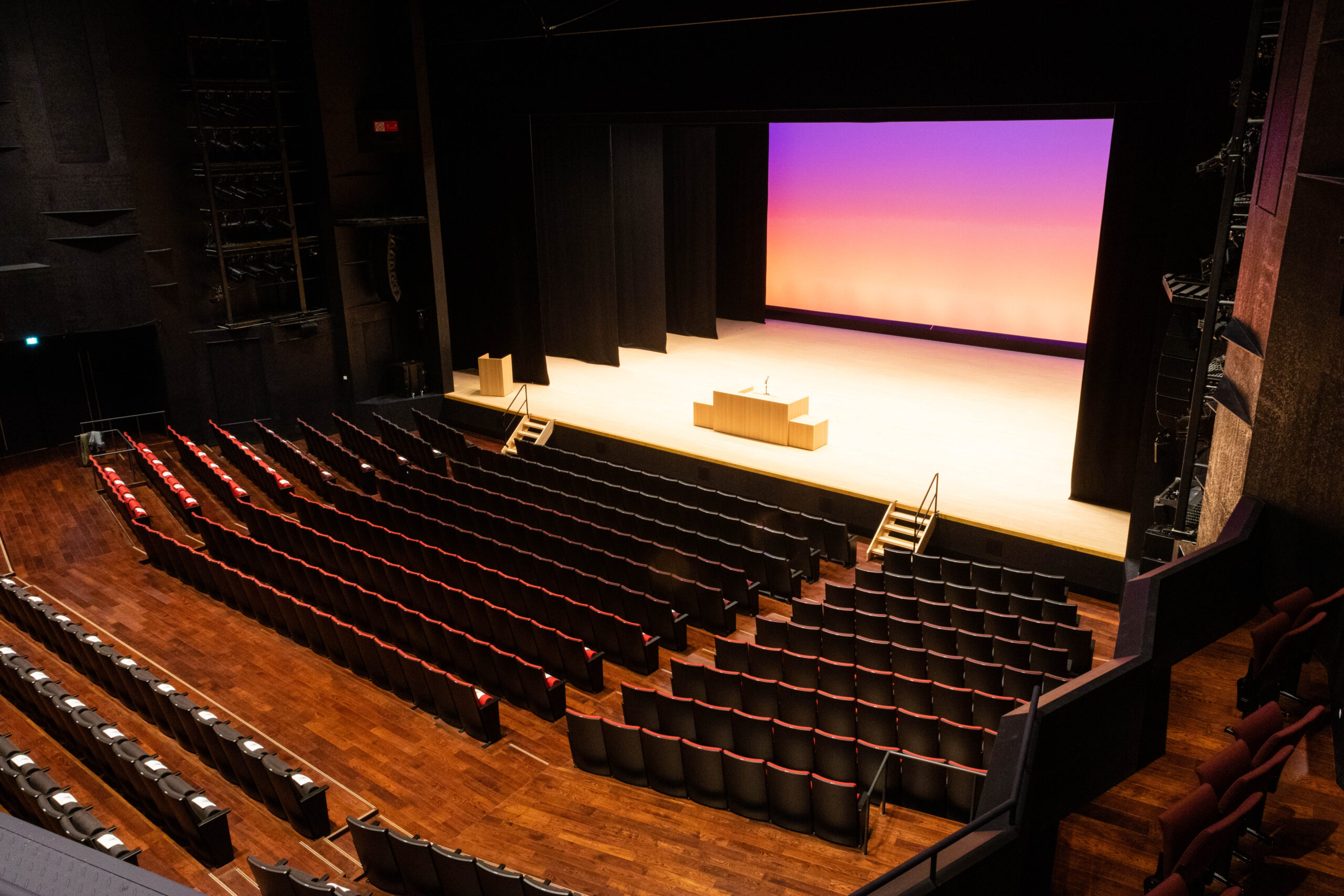
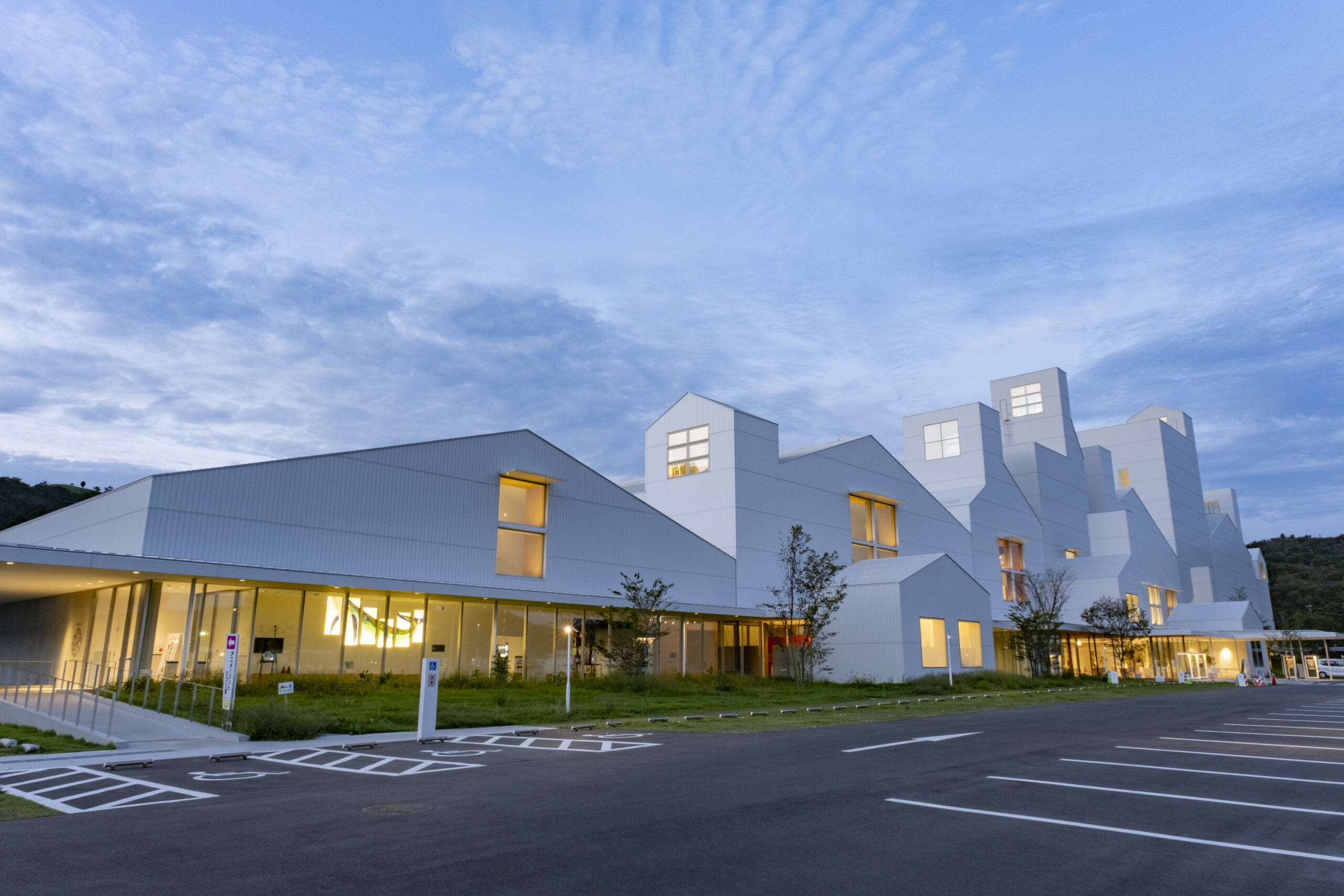
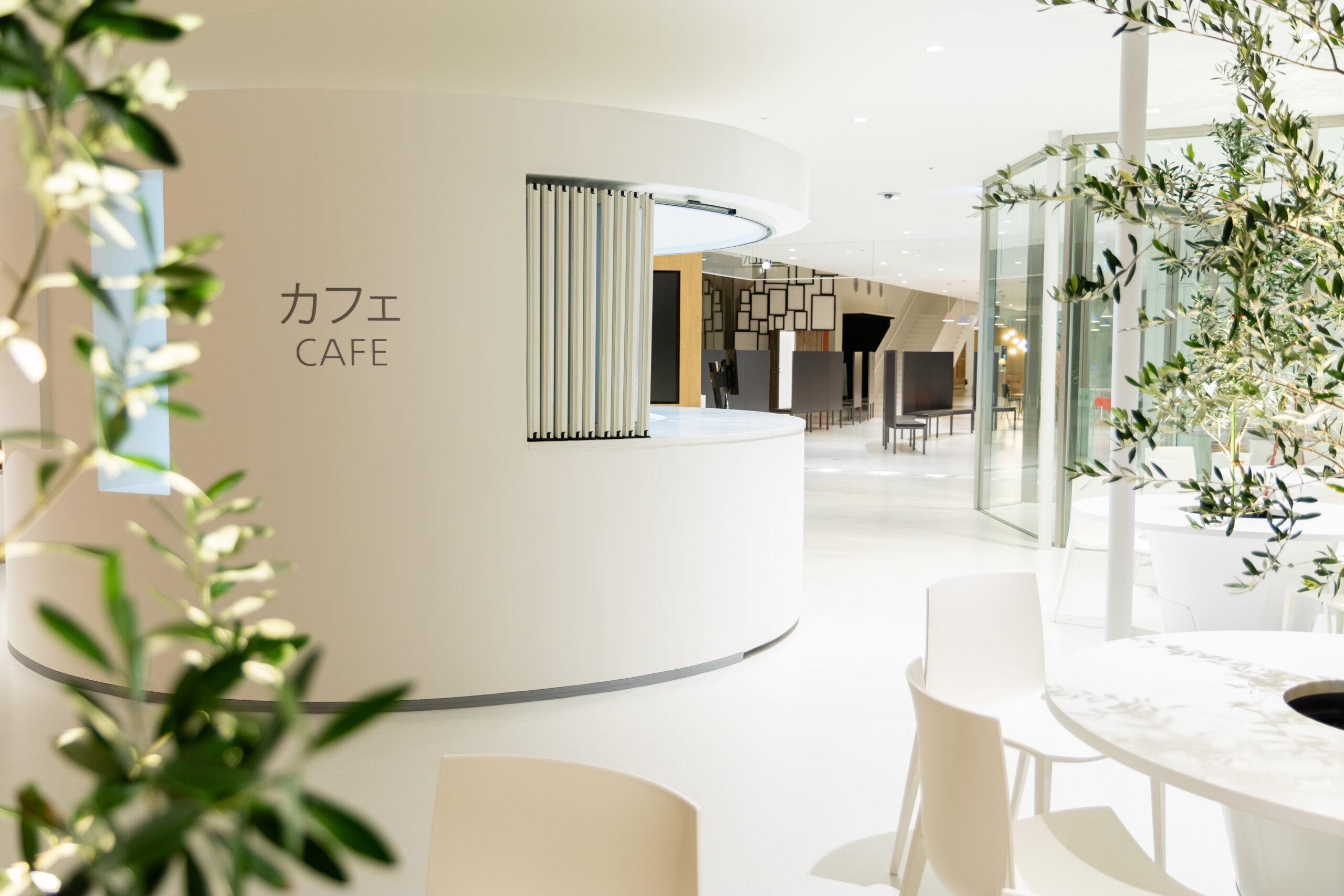
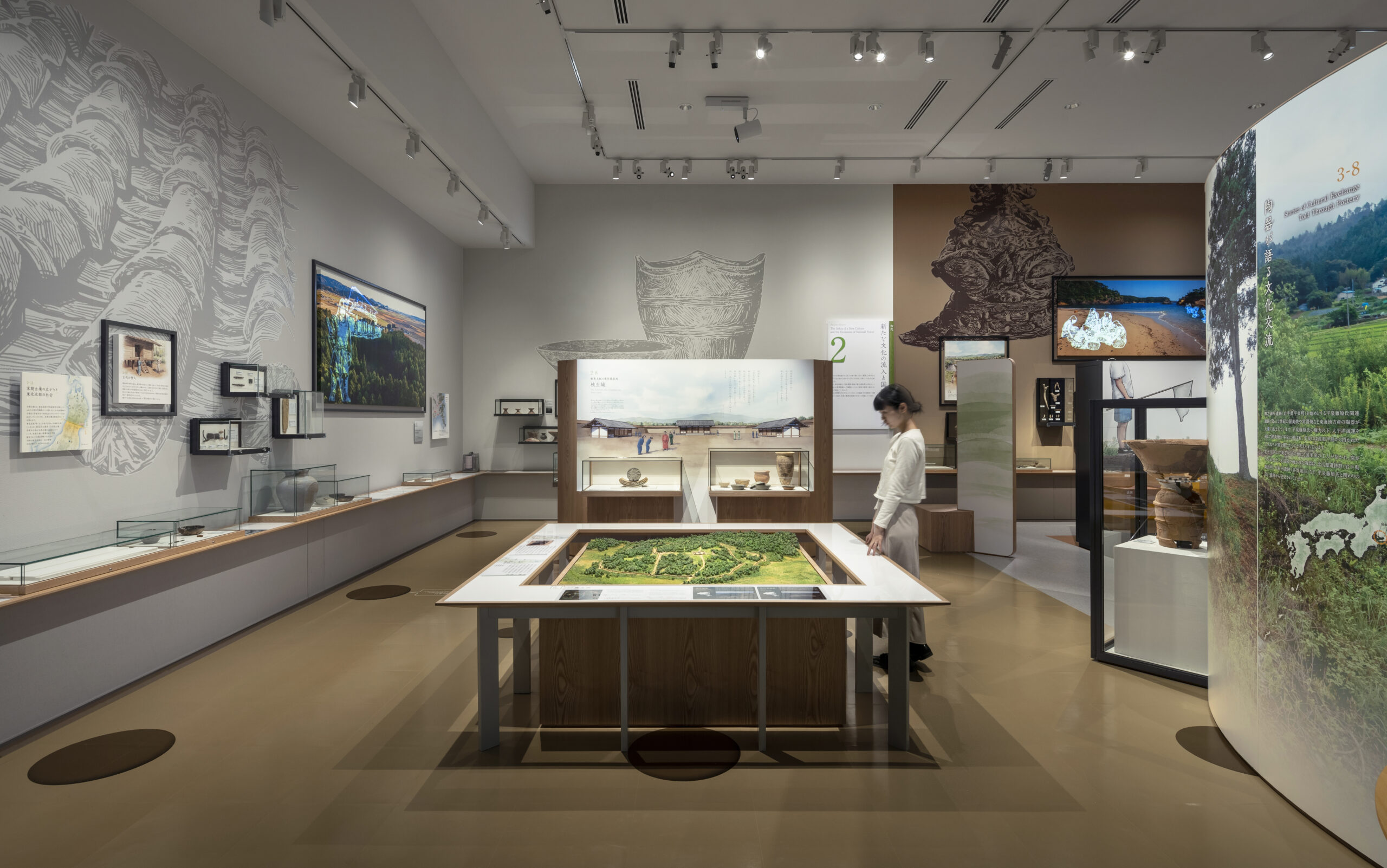
Kinkasan
An island of faith floating at the tip of the Oshika Peninsula. In 2022, the Kinkasan Trail and Kinkasan Pilgrimage from Sendai to Kinkasan were added to the Michinoku GOLD Romantic Japanese Heritage as cultural assets. It is said that if you visit the Kinkasan Shrine on the island for three consecutive years, you will never be short of money for the rest of your life.
5 Kinkasan, Ayukawahama, Ishinomaki City, Miyagi Prefecture, 986-2523
Phone:0225-45-2301
*Contact
Ishinomaki City Industry Department Tourism Policy Division,
Phone:0225-95-1111
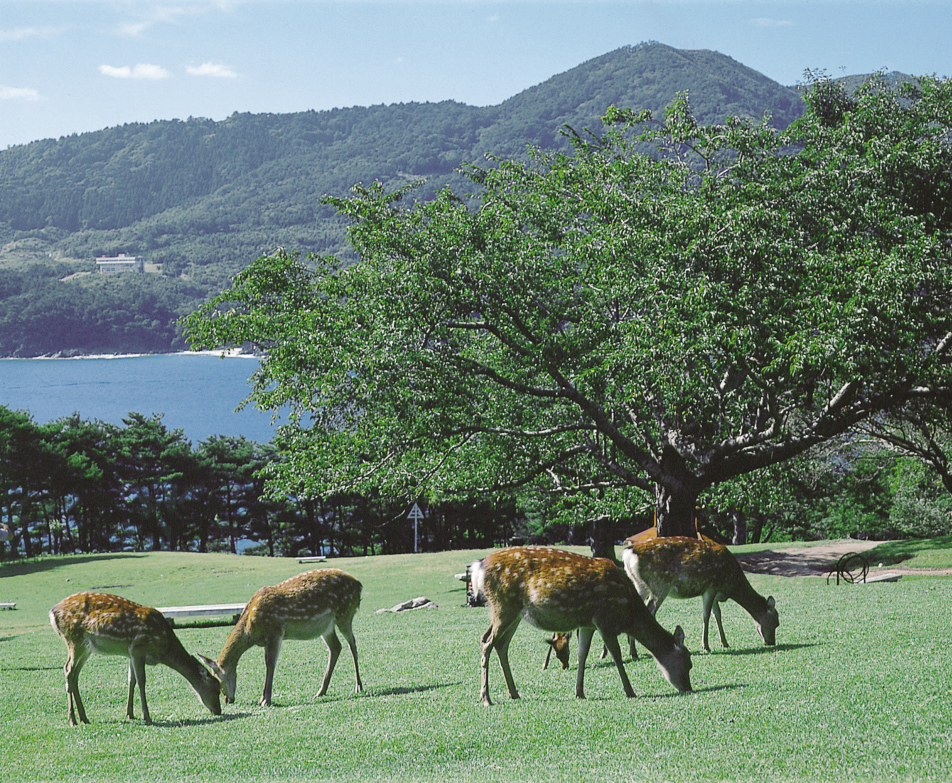
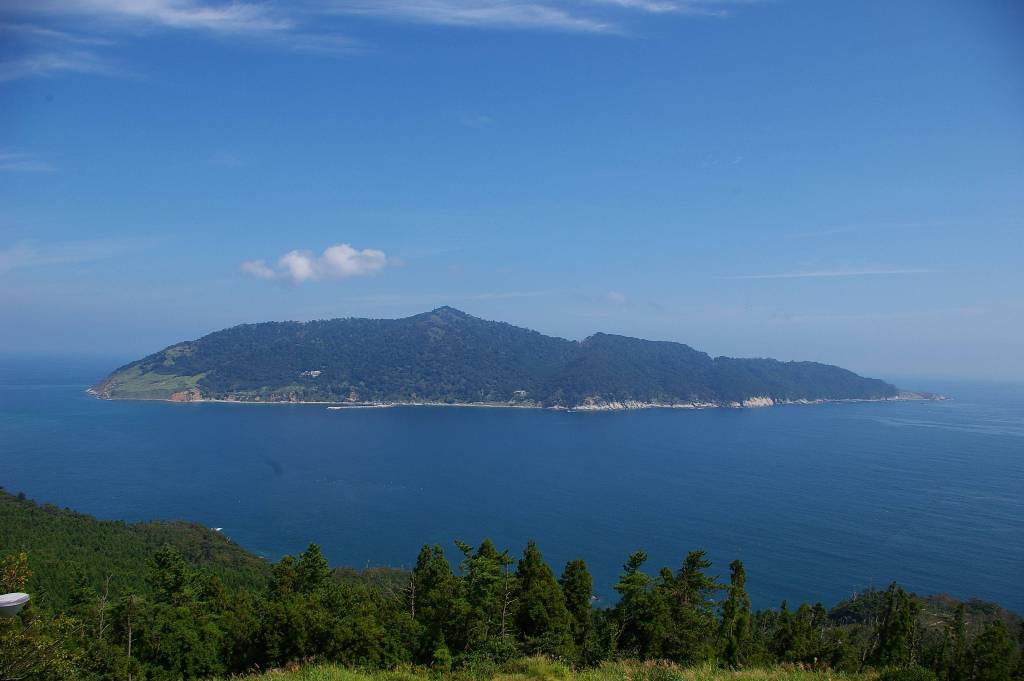
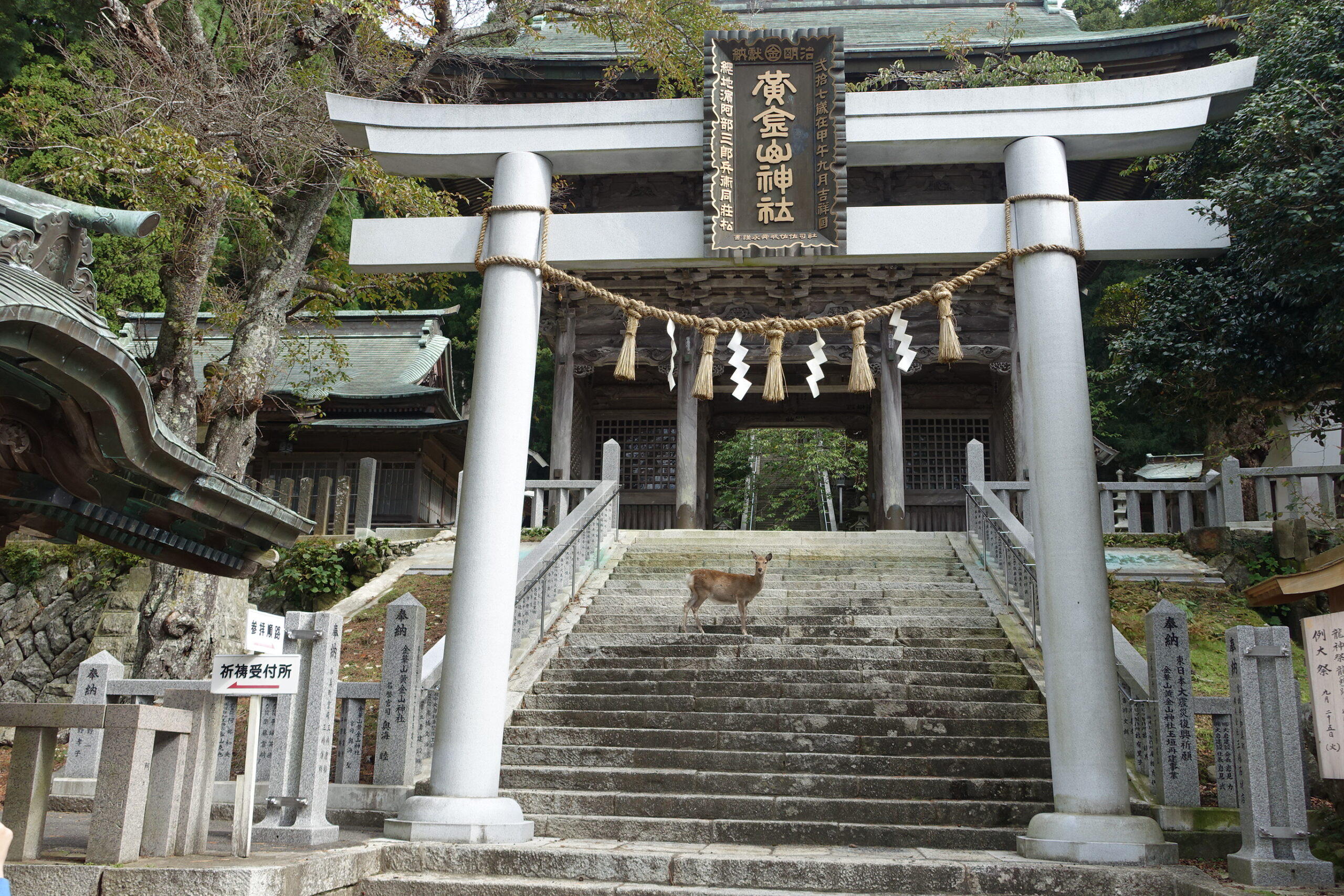
Ishinomaki City Earthquake Relics Kadowaki Elementary School
This is the only earthquake relic in Japan that still retains traces of tsunami fires. When considering evacuation, it conveys that vertical evacuation alone can be difficult. It is open to the public with the aim of passing on the events and lessons of the Great East Japan Earthquake to future generations, as well as learning about evacuation actions to protect lives from disasters, the importance of training in peacetime, and the importance of knowing the local characteristics.
4-3-15 Kadowaki-cho, Ishinomaki, Miyagi Prefecture 986-0834
Phone:0225-98-8630
Opening hours: 9:00-17:00
Closed: Every Monday
* If Monday is a national holiday, the following day
Special opening days: 11th of each month, June 12th (Miyagi Prefectural Disaster Prevention Day), September 1st (Disaster Prevention Day), November 5th (World Tsunami Day)
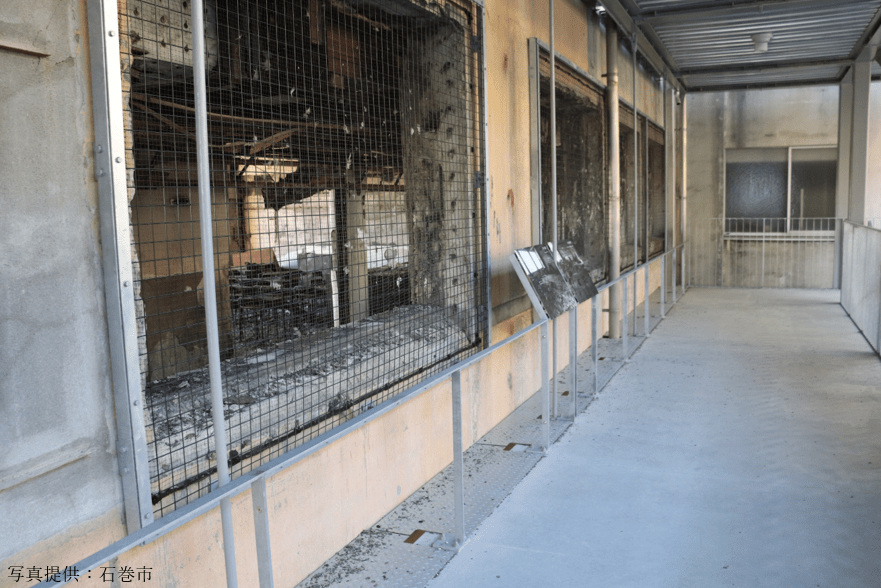
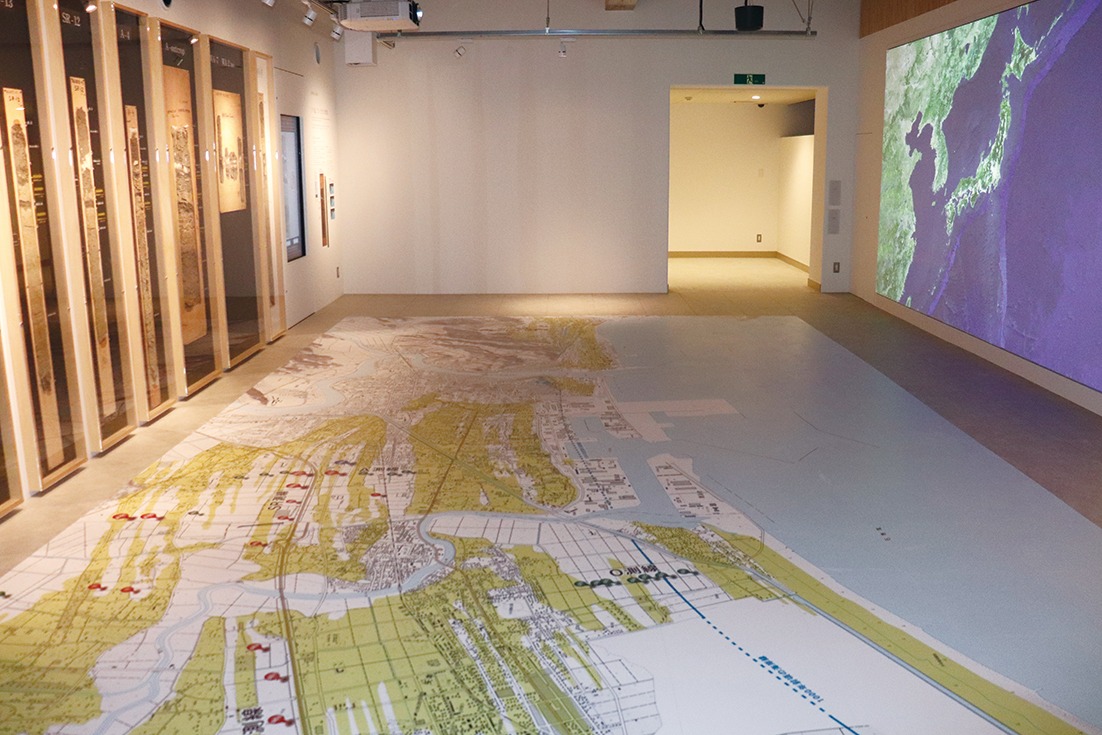
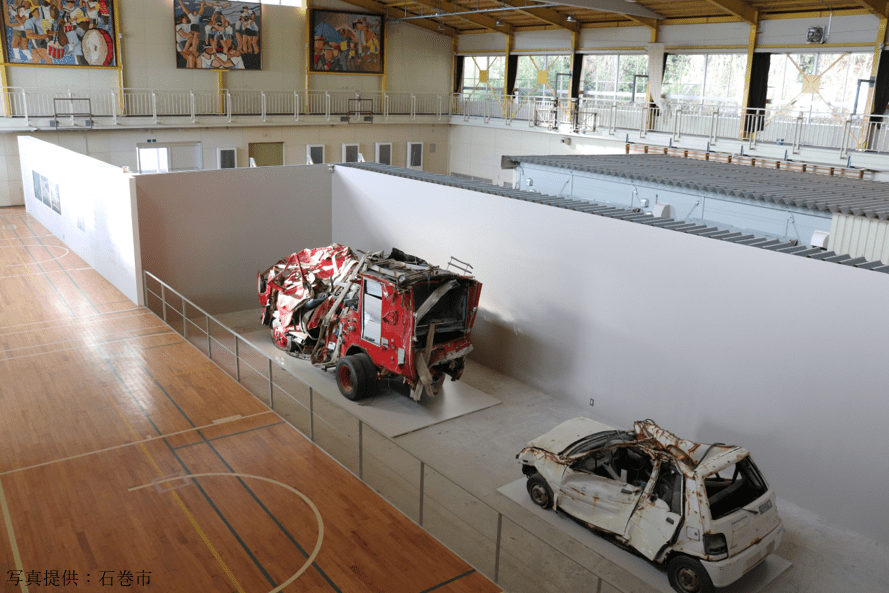
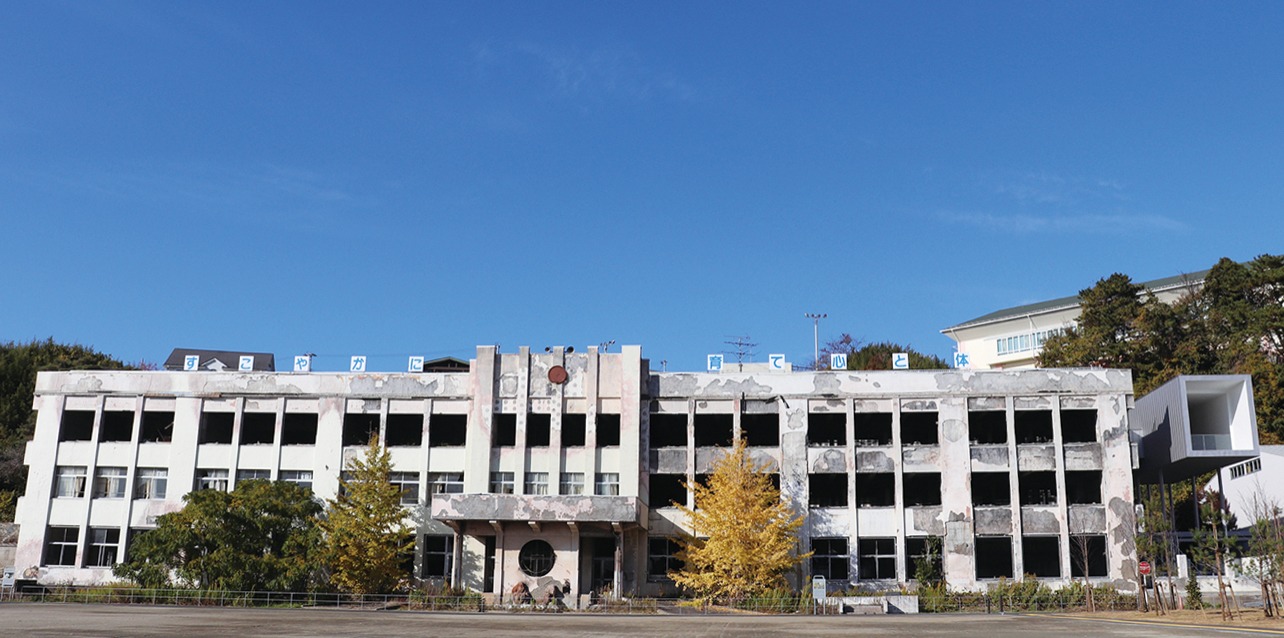
Ishinomaki City Earthquake Relics Okawa Elementary School
At the earthquake relics of Okawa Elementary School, the school building, swimming pool, outdoor playground, and outdoor stage remain as they were at the time of the disaster. There are explanatory panels and messages around the relics.
There is also a flower offering stand on the premises, and many people come to offer flowers.
The adjacent Okawa Earthquake Memorial Museum has an exhibition room and multipurpose space that show the events of the Great East Japan Earthquake from the time the earthquake occurred until the arrival of the tsunami, as well as information about the trial and the damage in the area.
94 Nirashima, Kamatani, Ishinomaki, Miyagi 986-0111
Phone:0225-24-6315
Opening hours: 9:00-17:00 (open all year round)
Admission: Free
Closed: Every Wednesday (or the following day if the Wednesday is a national holiday), New Year’s holiday (12/29-1/3)
Special opening days: 11th of every month, June 12th (Miyagi Prefectural Disaster Prevention Day), September 1st (Disaster Prevention Day), November 5th (World Tsunami Day)
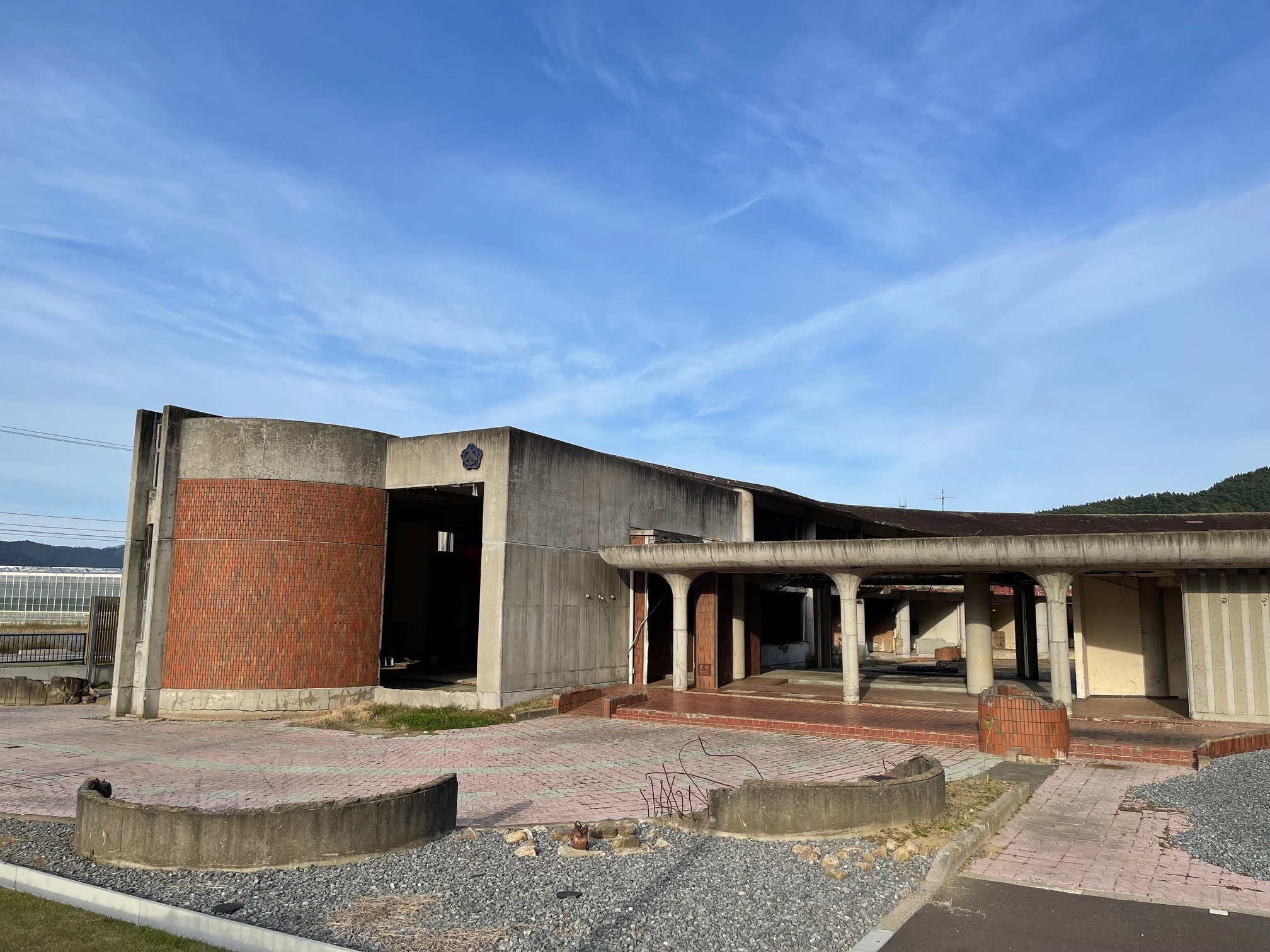
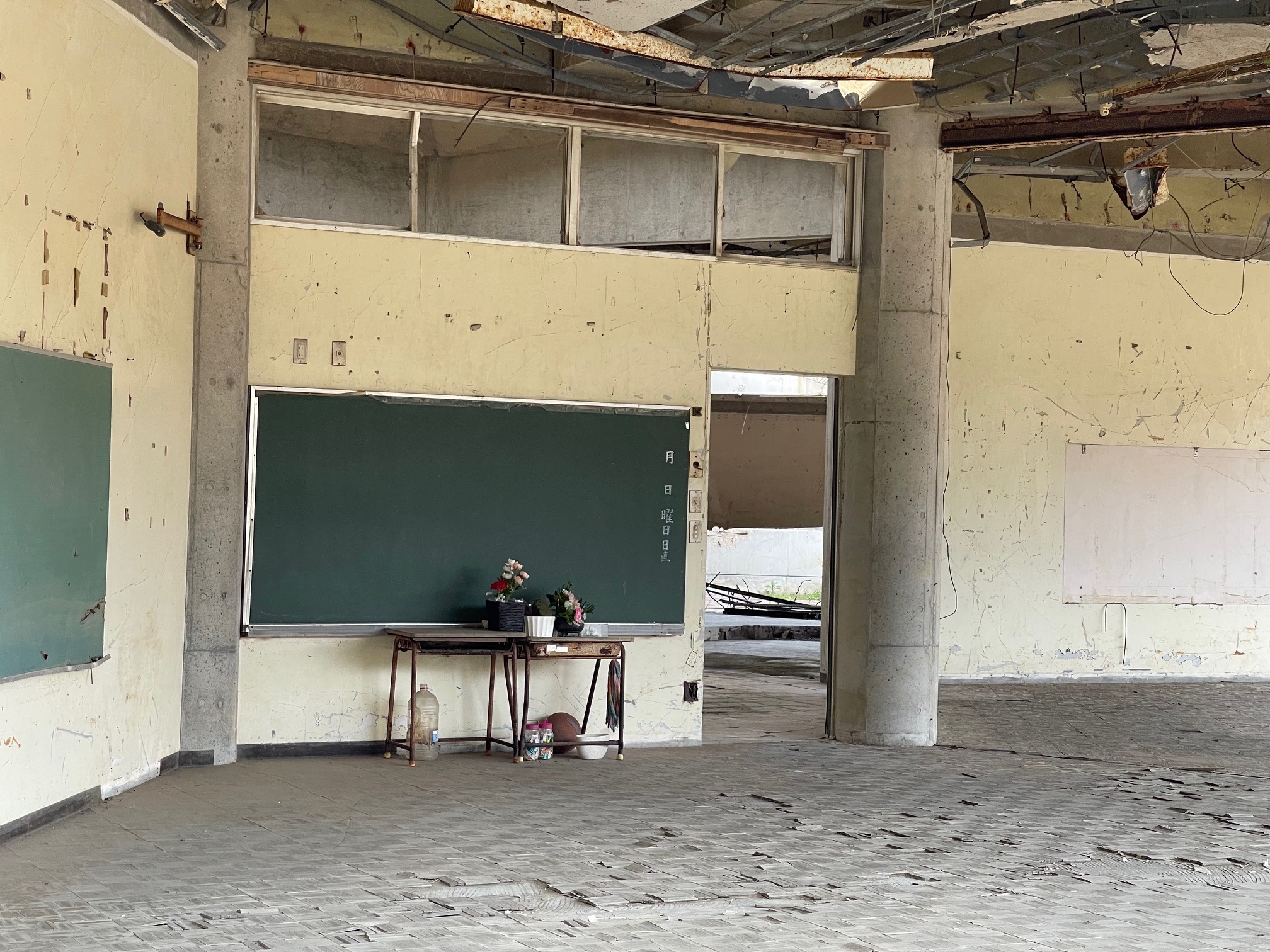
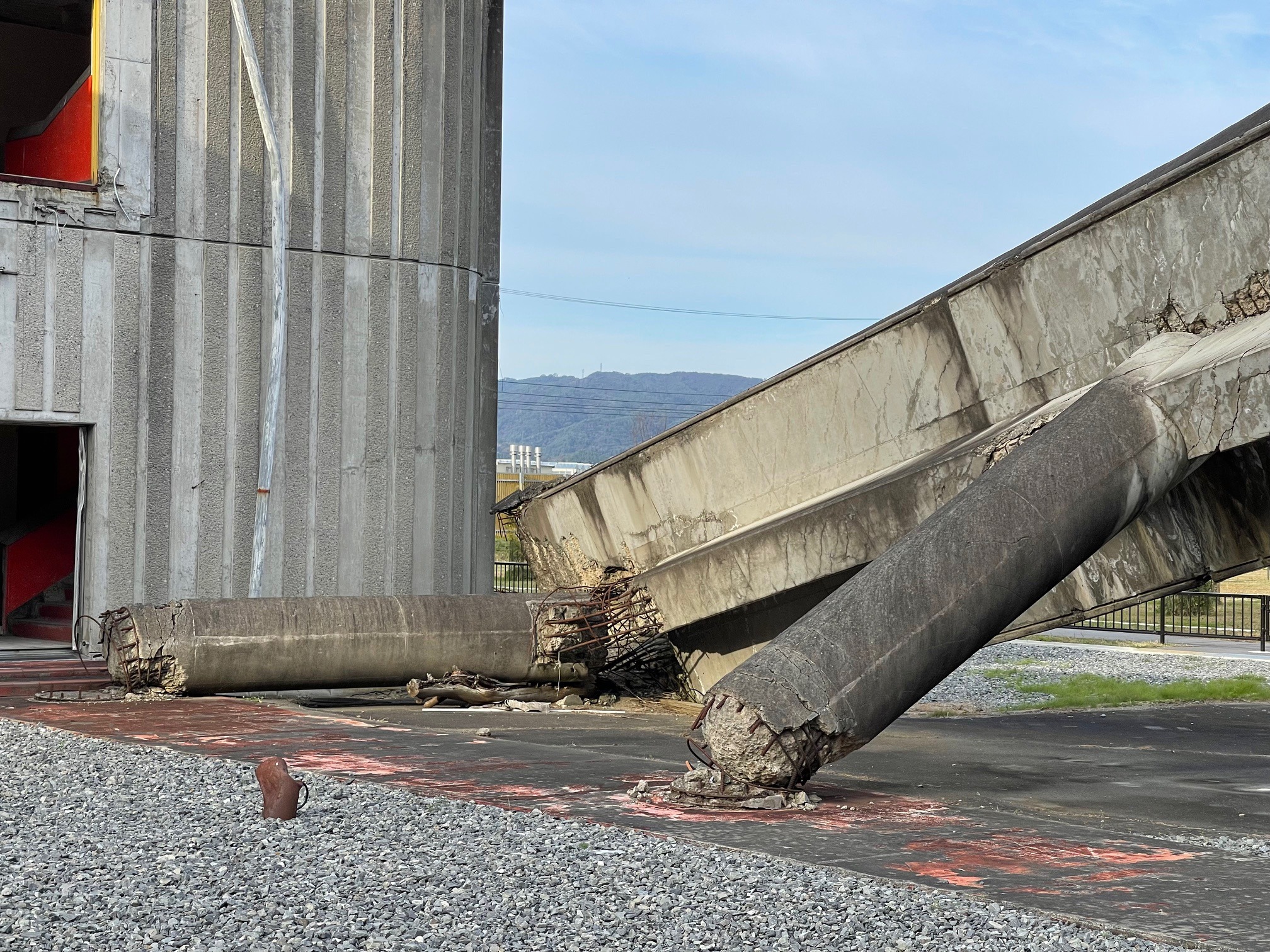
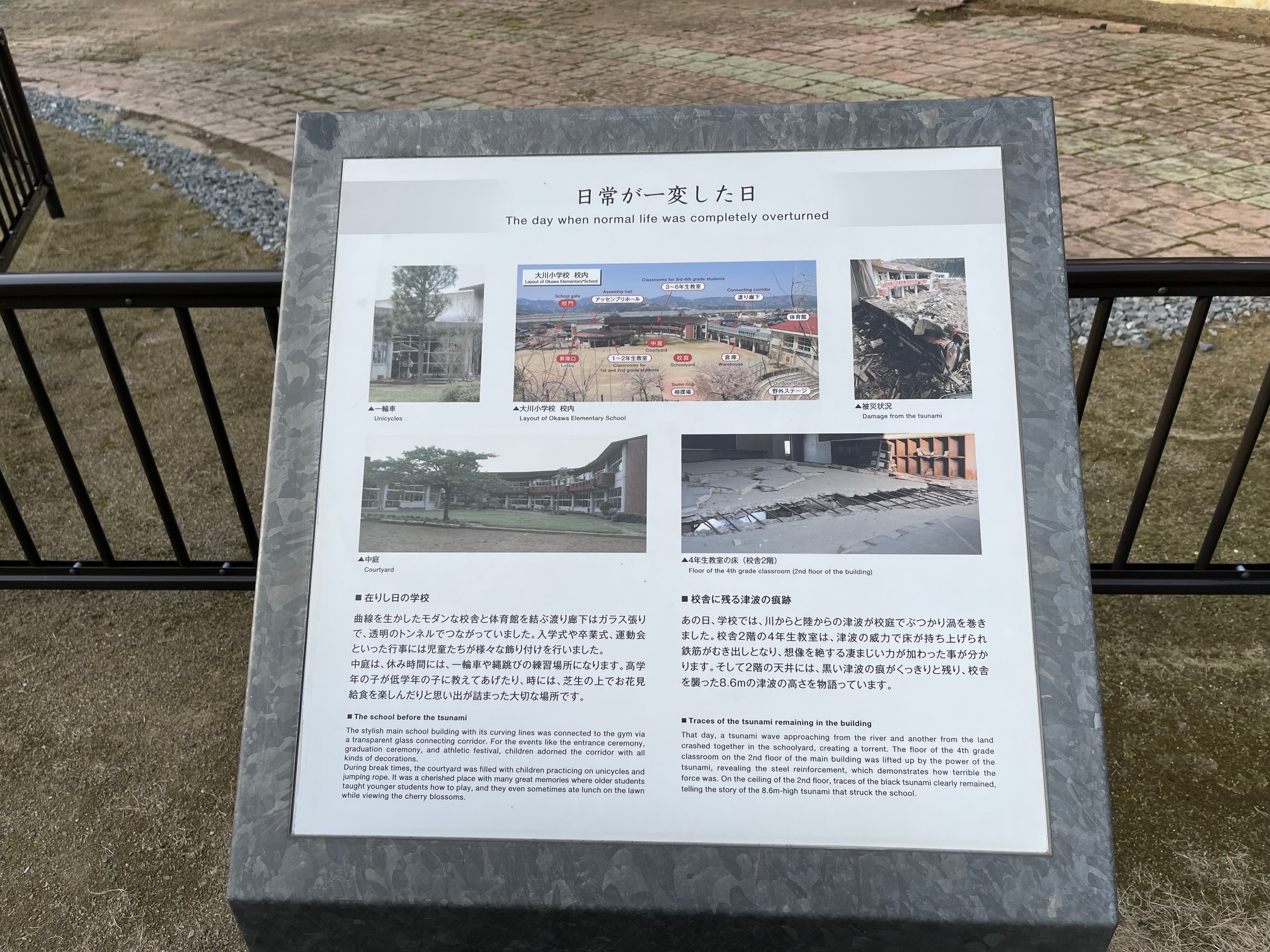
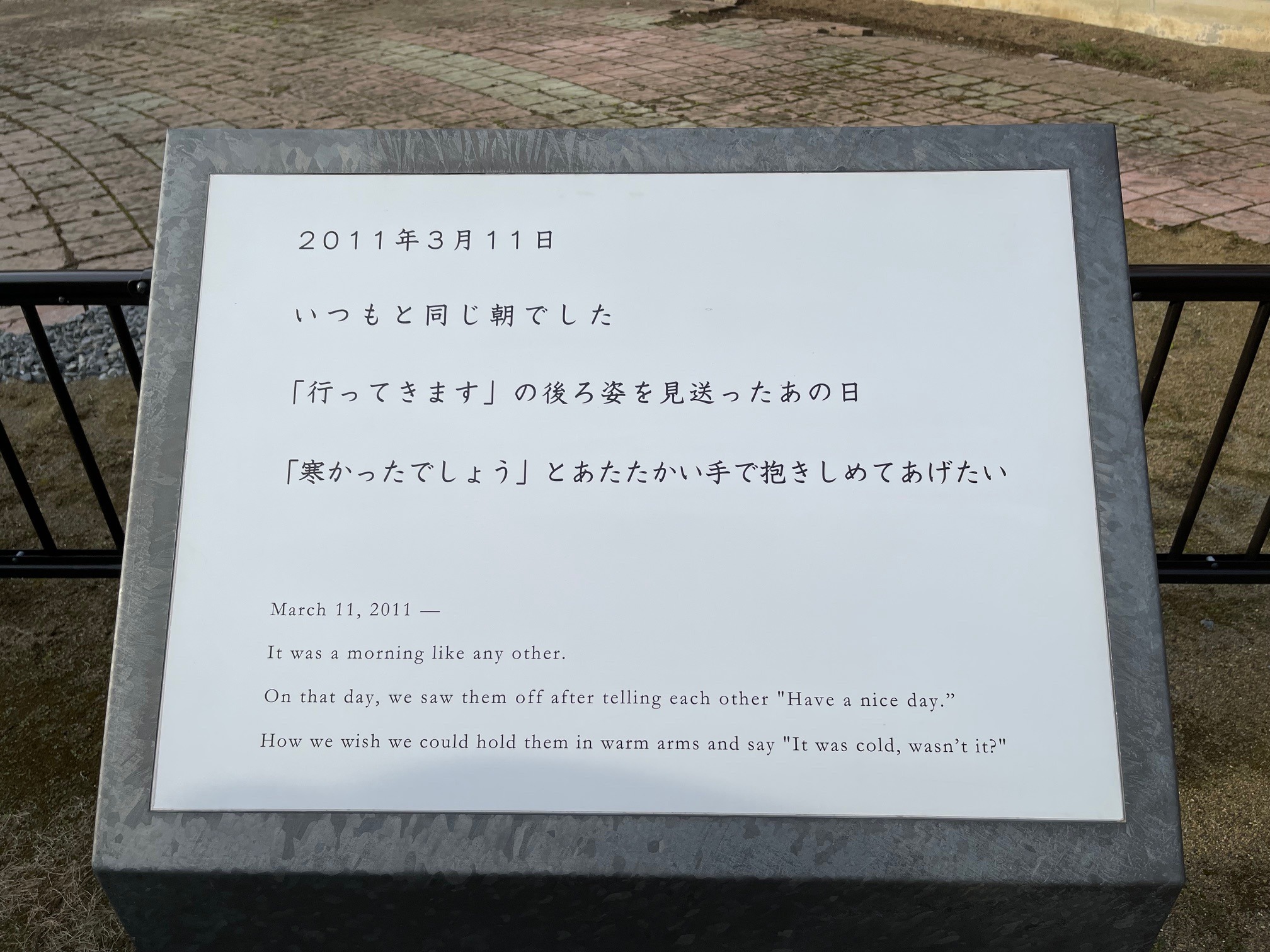
Seafood All Year Round
Spring – wakame seaweed
Ishinomaki is not just fish. Spring is the time when succulent wakame seaweed is at its best, greenest and most delicious. Whether vinegared with cucumber or a staple of miso soup, wakame in season is more the main player than a side actor.
Summer – hoya (sea squirt)
 Feel like an adventure? Have a taste of hoya. The slightly grotesque exterior houses beautiful orange flesh which is particularly suited to saké drinkers. Hoya is said to include all five flavors: salty, sweet, sour, bitter and umami (savory). While uncooked hoya can be an acquired taste, steaming, grilling or frying it results in a mild taste that anyone can enjoy.
Feel like an adventure? Have a taste of hoya. The slightly grotesque exterior houses beautiful orange flesh which is particularly suited to saké drinkers. Hoya is said to include all five flavors: salty, sweet, sour, bitter and umami (savory). While uncooked hoya can be an acquired taste, steaming, grilling or frying it results in a mild taste that anyone can enjoy.
Autumn – sanma (Pacific saury)
Autumn in Ishinomaki doesn’t exist without sanma. It can be best enjoyed in its simplest form, grilled with salt, bringing out the full flavor of the fish. Sanma from Ishinomaki is so fresh that it can be eaten as sashimi, too.
Winter – oysters
 One of the oyster farming centers of Japan, people come from far and wide to try this exquisite delicacy. While some insist that raw oysters are the best, there are many other ways to enjoy the “milk of the ocean,” such as grilled, in a hotpot stew, or bread-crumbed and deep-fried.
One of the oyster farming centers of Japan, people come from far and wide to try this exquisite delicacy. While some insist that raw oysters are the best, there are many other ways to enjoy the “milk of the ocean,” such as grilled, in a hotpot stew, or bread-crumbed and deep-fried.
Sushi
 No-one should come to Ishinomaki without trying its sushi. Not only is it a classic part of Japanese cuisine, but the combination of top-quality and fresh seafood with the expertise of our sushi chefs make for an experience you won’t forget. Unsurprisingly, there are a great number of sushi restaurants all over the city. How many can you try??!
No-one should come to Ishinomaki without trying its sushi. Not only is it a classic part of Japanese cuisine, but the combination of top-quality and fresh seafood with the expertise of our sushi chefs make for an experience you won’t forget. Unsurprisingly, there are a great number of sushi restaurants all over the city. How many can you try??!
And even if you’re not into sushi or raw fish, there are plenty of other great restaurants to choose from: Italian, grilled beef tongue, ramen, Ishinomaki has it all and much, much more!
Ishinomaki Q & A
Where we give you all the honest answers to your questions
■So, what’s so great about Ishinomaki?
□Wow, you really get to the point! If you’ve read the above info, you already know that you’ll get great food, but to be honest Ishinomaki is not one of the most famous places in Japan. However, that is its strong point for visitors from outside the country. Ishinomaki is ideal for giving you an idea of what “true Japan” is like: not the ultra-tourist places, but a typical town that will give you a feel for the country. And of course, beautiful countryside and ocean views are a short hop from the city center. So, what’s not to like??!
Because it was devastated by the 2011 tsunami, it’s also an excellent place to learn about the disaster and reconstruction efforts
■How do I get there?
□Almost everyone who visits Ishinomaki will come through Sendai, the biggest city in north Japan. If you arrive at Sendai Airport, get a train to Sendai Station (a 25 min ride). From Sendai Station trains run directly to Ishinomaki: fast trains on the Senseki Tohoku Line (60 mins) and slow ones on the Senseki Line (80 mins). You can also get a bus from Sendai Station direct to Ishinomaki (80 mins). For drivers, Ishinomaki is 60 mins from Sendai on the Sanriku Expressway
■What’s the weather like?
□Like most places in Japan, spring and autumn have mild temperatures, and the added bonus of cherry blossoms in spring (mid-April) and autumn colors in fall (mid-October). While Japan is known for the heat and humidity of its summers, Ishinomaki is relatively easy to survive in in this season thanks to cool sea breezes. Winter can be cold, with temperatures falling below freezing at night, in particular, but the area does not get much snow
■Do I need a car to get around?
□If you’re just staying in the city center, a car is not necessary, but because public transport can be sparse in the rural areas, either coming by car or renting one in Ishinomaki would be better for those wanting to range a little wider. Remember, in Japan we drive on the left!
■I’m a vegetarian / I need halal food
□While things are gradually improving in Japan as a whole for people with special dietary needs, we can’t guarantee to be able to accommodate you completely. However, some restaurants in the city can provide vegetarian and halal meals if requested in advance. Please enquire at tourist information for details
